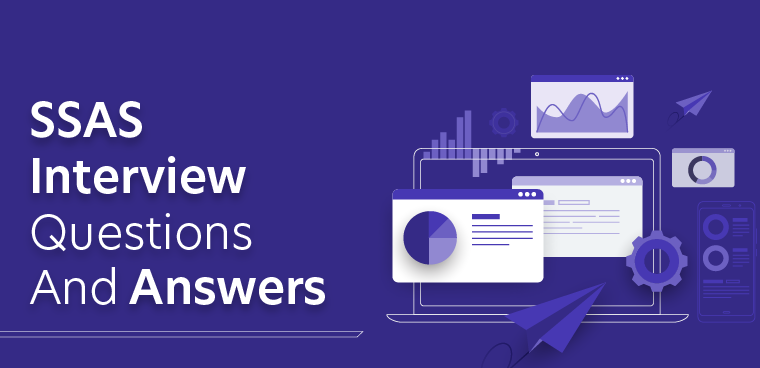In today’s data-driven landscape, effective monitoring and data analysis are mission-critical for businesses and organizations. Splunk and Datadog are two industry titans that provide robust solutions for data monitoring, analytics, and observability. In this comprehensive article, we will embark on a journey of comparison between Splunk vs. Datadog, exploring their features, use cases, and assisting you in making an informed choice for your data monitoring and analytics needs.
Splunk: The Powerhouse of Data Analysis
Splunk, renowned for its prowess in data analysis and log management, offers a suite of features that make it a formidable choice. Let’s delve into the strengths of Splunk:
- Holistic Data Collection: Splunk is a master at collecting and indexing data from a diverse array of sources, including logs, metrics, and event data.
- Search and Query Mastery: Splunk’s robust search and query capabilities empower users to extract valuable insights from vast datasets with ease.
- Scalability: It boasts exceptional scalability, making it a suitable choice for businesses of all sizes. Splunk handles enormous datasets efficiently.
- Alerting and Reporting: Splunk equips users with advanced alerting and reporting features, ensuring timely awareness of critical events and trends.
- Security and Compliance: Splunk takes security seriously, offering robust security features and supporting compliance with various regulatory standards.
http://informationarray.com/2023/09/27/tensorflow-vs-anaconda-navigating-the-landscape-of-machine-learning-tools/
Datadog: Real-time Monitoring and Observability
Datadog, a specialist in real-time monitoring and observability, provides a comprehensive monitoring and analytics platform. Here’s a closer look at Datadog’s key features:
- Real-time Monitoring Excellence: Datadog excels in real-time monitoring of infrastructure, applications, and logs, providing deep insights into system performance.
- Interactive Dashboards and Visualizations: Datadog offers interactive dashboards and powerful visualizations, making it effortless to comprehend complex data.
- Anomaly Detection: Datadog’s anomaly detection capabilities help identify unusual patterns and potential issues within your systems.
- Integration Prowess: Datadog seamlessly integrates with a vast array of technologies and services, enhancing its versatility.
- Application Performance Monitoring (APM): It provides APM features, enabling users to pinpoint performance bottlenecks in their applications.
http://informationarray.com/2023/09/22/aws-athena-vs-amazon-s3-deciphering-data-querying-and-storage/
Splunk vs. Datadog: A Comprehensive Comparison
To aid in your decision-making process, we present a concise comparison table highlighting the distinctions between Splunk and Datadog:
| Feature | Splunk | Datadog |
|---|---|---|
| Primary Use Case | Data Analysis, Log Management | Real-time Monitoring, Observability |
| Data Collection | Comprehensive Data Collection from Various Sources | Real-time Data Collection and Monitoring |
| Query and Search | Powerful Query and Search Capabilities | Real-time Querying and Data Visualization |
| Scalability | Highly Scalable for Large Data Sets | Scalable for Monitoring Modern Applications |
| Alerting and Reporting | Strong Alerting and Reporting Features | Anomaly Detection and Alerting |
| Security and Compliance | Robust Security Features | Compliance and Security Features |
Frequently Asked Questions
Q1. Can Datadog handle log management like Splunk?
A1. While Datadog primarily focuses on real-time monitoring and observability, it does offer log management features, although Splunk is renowned for its log management capabilities.
Q2. Which tool is more suitable for application performance monitoring (APM)?
A2. Datadog is well-regarded for APM, offering deep insights into application performance, whereas Splunk is more comprehensive in data analysis and log management.
Q3. Is Datadog suitable for large-scale infrastructures?
A3. Yes, Datadog is designed to handle large-scale infrastructures and is trusted by organizations with extensive systems.
Q4. Can Splunk provide real-time monitoring like Datadog?
A4. Splunk can offer real-time monitoring to some extent, but Datadog specializes in real-time monitoring and observability.
In conclusion, Splunk and Datadog are two heavyweight contenders in the realm of monitoring and analytics, each bringing unique strengths to the table. Splunk excels in data analysis, log management, and comprehensive data collection. In contrast, Datadog shines in real-time monitoring, observability, and providing in-depth insights into system performance.
The choice between Splunk and Datadog should be guided by your specific monitoring and analytics requirements, the scale of your operations, and the depth of insights you seek. By carefully assessing your needs, you can confidently select the tool that aligns best with your monitoring and analytics objectives.
External Links:









